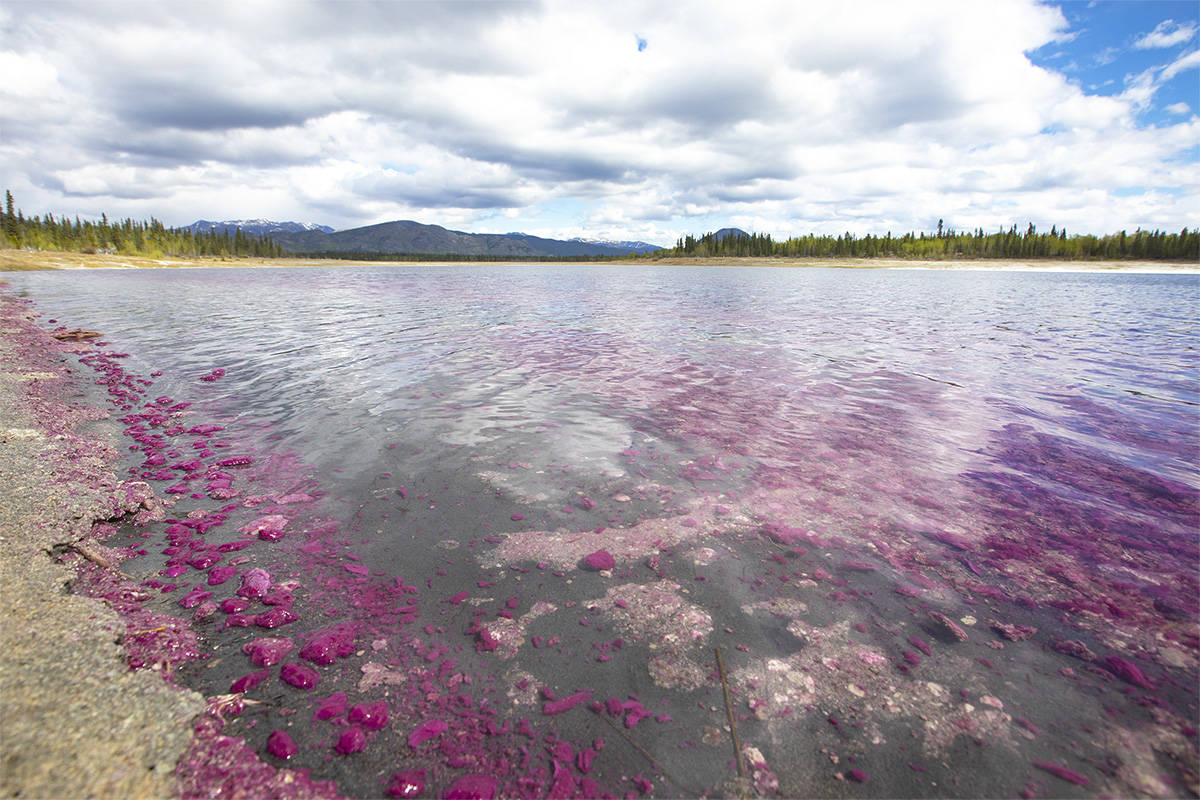Scientists have put forward the idea that vegetation on other planets may have a purple color instead of green. There are such plants on Earth, although in small numbers. They receive energy from infrared radiation.

Green coloring of life
On Earth, the vast majority of plants are green in color. Plants produce oxygen, and it is the basis of life for the rest of the organisms on our planet. Therefore, when scientists imagine an alien, but definitely habitable world, everyone expects that this particular color will dominate it.
However, in a new study, scientists have suggested that in fact this may not be the case at all. The green color of plants is caused by the pigment chlorophyll, which allows the conversion of electromagnetic waves of the visible range into chemical energy.
At the same time, photosynthesis is not the only source of energy for life. Even on earth there are enough bacteria that extract it from completely different elements of inanimate nature and they do not have to have a green color at all. Therefore, on other planets where there is not enough visible light, life may not be associated with green at all.
Especially in this regard, scientists are interested in purple algae. They are quite common in the depths of the ocean, where they receive energy from infrared radiation, but they are almost completely displaced from other biomes by their green relatives.
Purple color
Chemical reactions associated with the absorption of infrared light by various pigments are not as energetically efficient as photosynthesis. Therefore, scientists suggest that purple plants dominated the Earth before the appearance of chlorophyll, but then were replaced by green ones.
On planets, where the vast majority of stellar radiation comes from infrared light, they could give rise to much more complex forms. It is quite possible that their entire land is covered with purple forests.
In order to better understand how real this is, scientists have collected samples of more than 20 different species of purple algae. They were collected from a wide variety of environments, shallow waters, coasts, and marshes to deep-sea hydrothermal vents.
It turns out that not one, but a number of pigments with yellow, orange, brown and red colors are responsible for the conversion of infrared radiation. Together they give the purple color.
After studying the pigments of purple bacteria and related spectrograms, the researchers created models of Earth-like planets with different conditions and cloud cover. According to the authors of the article, in various simulated environments, both wet and dry purple bacteria produced intensely colored biosignatures. So now scientists know what to look for in other stars besides green.
According to phys.org
Follow us on Twitter to get the most interesting space news in time
https://twitter.com/ust_magazine


